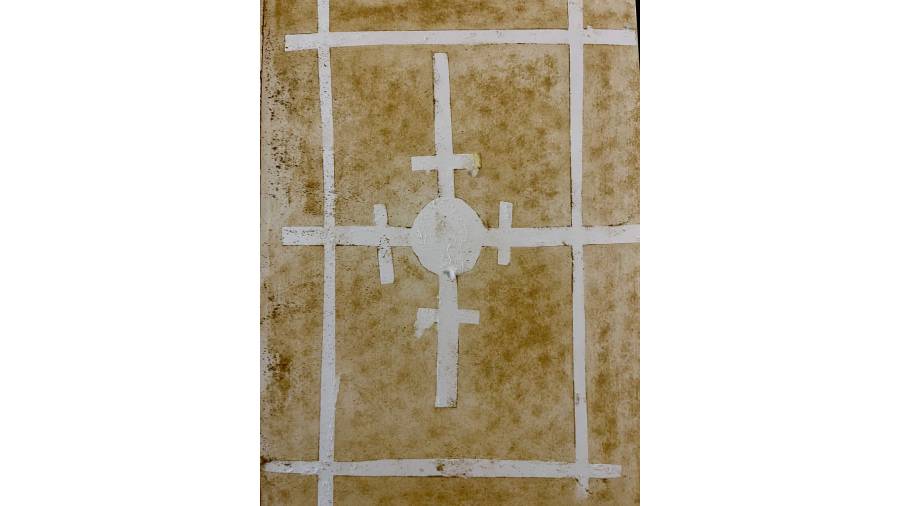Circa 2021. A glass ceiling was shattered in Bollywood. Well, almost. In February, actress Dia Mirza’s wedding was officiated by a priestess, a woman priest. In Bengal, though, there were murmurs that it was poet, scholar and former head of the department of Sanskrit at Calcutta’s Lady Brabourne College, Gouri Dharmapal, who had shown the way in 1985.
In August, social media was abuzz with news and videos of four women purohits who would be conducting the 66 Pally Durga Puja in Calcutta.
So when I received an invitation to a December wedding and was told it would be solemnised by women priests, I was not a jot surprised. The bride’s mother was a former student of Dharmapal. And indeed, the year had come full circle.
The scene at the venue, however, had an element of novelty. The pandemic necessitated that the wedding be conducted outdoors. A squarish dais, a few inches high, had been fashioned towards one end of the sprawling grounds. It was just enough to accommodate the priestesses on one side and the bride and groom on the adjacent side. A yellow canopy with a broad floral rim formed a halo over them. “UFO,” commented someone. The priestesses — there were three of them — were in traditional red and white saris worn the regular way. Each of them had a microphone in hand and the one farthest from the couple had a tanpura next to her.
“The bride shall not circumambulate the groom,” the chief priestess announced. There were other twists too. No referring to a lagna or auspicious time of wedding. The bride shall also apply sindoor on the groom. The bride’s head shall not be covered with a lajja bastra during sindoor daan. When the bride is “given away”, her hand shall not be placed in the groom’s; instead, the two will hold each other’s hand.
During the saptapadi or seven circles of the ritual fire by the duo, the bride shall walk on flowers instead of earthenware emblematic of the tribulations of married life.
The changes were relayed to the guests as also to the about-to-weds as live commentary. Bengali translations of all Vedic hymns accompanying rituals were read out. So were certain annotations to this, that and the other ritual.
From time to time it felt less like a wedding venue and more like an over-dressed classroom — but then it was a lesson, an important one.
The lines of a Rabindrasangeet, alchemy-like mingled with the momentousness of it all — Ei lobhinu shongo tabo… here I am, desirous of your companionship.
Rituals done, the priestesses got ready to leave for yet another venue, yet another wedding.
It was a new beginning all right.











